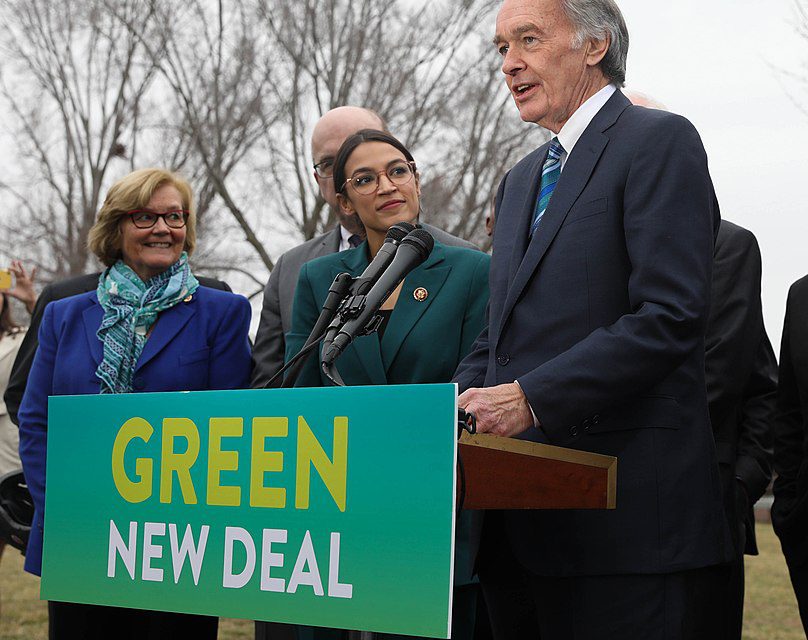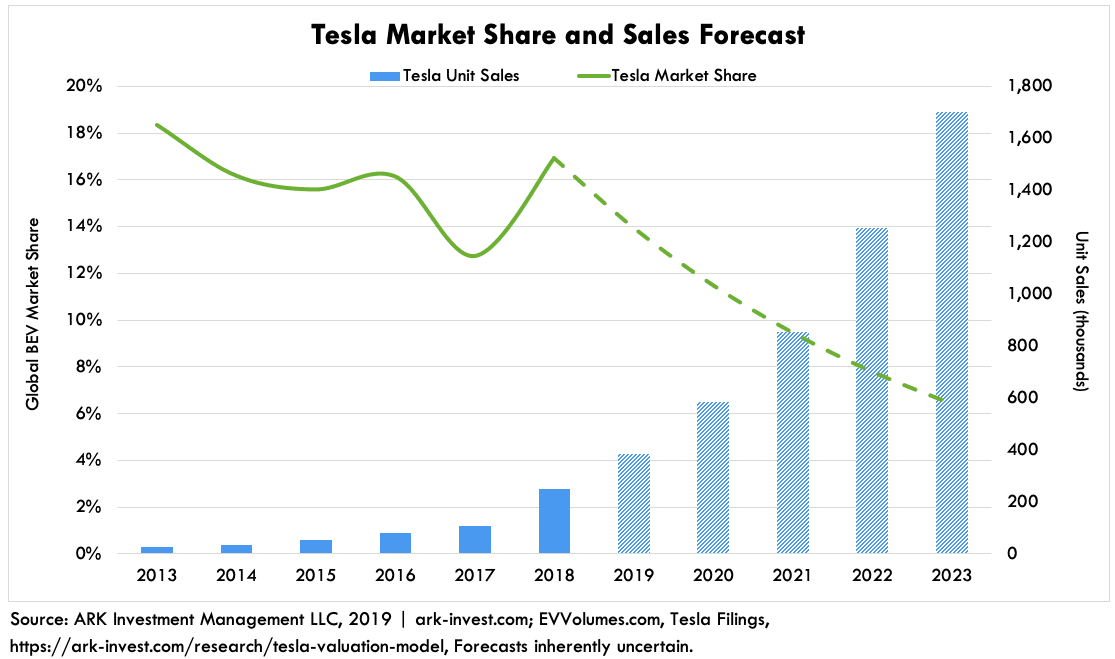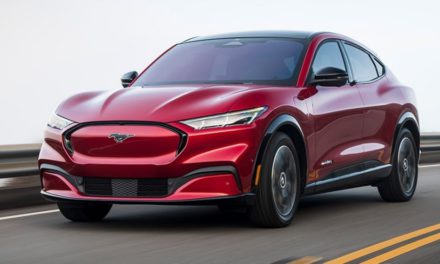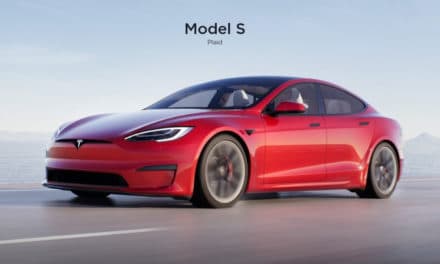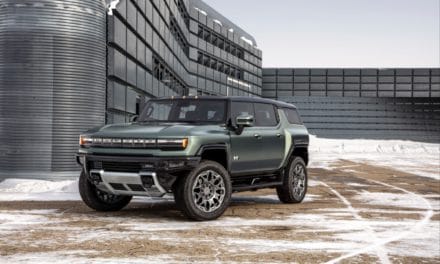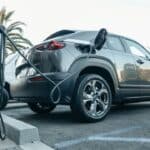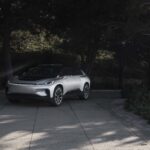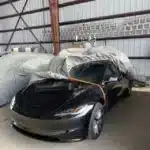(Image credit: Senate Democrats, CC BY 2.0, via Wikimedia Commons)
The Biden administration is moving swiftly towards bi-partisan environmental goals. One of the first actions to be taken has been announced; cancel the Keystone XL pipeline permit. The Keystone pipeline made tremendous impressions across the internet during the Trump administration. The canceling of the permit shows a clear indication that Biden will move swiftly towards its environmental changes.
With Biden having full control of the federal government, there will be a limited restriction on passing a new policy. One of those changes will be the “Green New Deal,” which heavily focuses on making the United States a key nation in zero-emissions energy practices.
How Will the Green New Deal Impact Vehicles?
The following is outlined in the plan:
(H) overhauling transportation systems in the United States to remove pollution and greenhouse gas emissions from the transportation sector as much as is technologically feasible, including through investment in—
- zero-emission vehicle infrastructure and manufacturing;
- clean, affordable, and accessible public transit; and
- high-speed rail;
There will be a heavy focus on continuing to create infrastructure and incentivizing manufacturing to develop zero-emission vehicles. 2020 was the rise and development of the electric vehicle, 2021 will more than likely be the electric vehicle’s major adoption. The magnitude of new EV manufacturers in 2020 alone was impressive; 2021 shows no signs of letting up. More products, more attention, and more adoption will start to occur coupled with a new policy to incentivize every aspect.
This trend is clearly indicated in Tesla’s market share projection to 2023.
Although most of these changes started taking place before the Green New Deal, we would expect the Biden Administration to continue onward. Unfortunately, with bipartisan issues rampant in government, we anticipate heavy public opposition to any proposals. Fortunately, the groundwork has been set before these policies. The sheer coolness of electric cars and the direct consumer cost savings will hopefully outpace any political muck.
A major factor to adoption will be a continual improvement of the economy; with a vehicle being a large cost factor for individuals, it’s pinnacle to have a healthy economy for strong EV sales.
What Are the Goals Of the Green New Deal?
The following is pulled from the February 7th 2019 House of Representatives “Recognizing the duty of the Federal Government to create a Green New Deal.”
(A) building resiliency against climate change-related disasters, such as extreme weather, including by leveraging funding and providing investments for community-defined projects and strategies;
(B) repairing and upgrading the infrastructure in the United States, including—
- By eliminating pollution and greenhouse gas emissions as much as technologically feasible;
- By guaranteeing universal access to clean water;
- By reducing the risks posed by climate impacts; and
- by ensuring that any infrastructure bill considered by Congress addresses climate change;
(C) Meeting 100 percent of the power demand in the United States through clean, renewable, and zero-emission energy sources, including
- By dramatically expanding and upgrading renewable power sources; and
- by deploying new capacity;
(D) building or upgrading to energy efficient, distributed, and ‘‘smart’’ power grids, and ensuring affordable access to electricity;
(E) upgrading all existing buildings in the United States and building new buildings to achieve maximum energy efficiency, water efficiency, safety, affordability, comfort, and durability, including through electrification;
(F) spurring massive growth in clean manufacturing in the United States and removing pollution and greenhouse gas emissions from manufacturing and industry as much as is technologically feasible, including by expanding renewable energy manufacturing and investing in existing manufacturing and industry;
(G) working collaboratively with farmers and ranchers in the United States to remove pollution and greenhouse gas emissions from the agricultural sector as much as is technologically feasible, including—
- by supporting family farming;
- by investing in sustainable farming and land use practices that increase soil health; and
- by building a more sustainable food system that ensures universal access to healthy food;
(H) overhauling transportation systems in the United States to remove pollution and greenhouse gas emissions from the transportation sector as much as is technologically feasible, including through investment in—
- zero-emission vehicle infrastructure and manufacturing;
- clean, affordable, and accessible public transit; and
- high-speed rail;
(I) mitigating and managing the long-term adverse health, economic, and other effects of pollution and climate change, including by providing funding for community defined projects and strategies;
(J) removing greenhouse gases from the atmosphere and reducing pollution by restoring natural ecosystems through proven low-tech solutions that increase soil carbon storage, such as land preservation and afforestation;
(K) restoring and protecting threatened, endangered, and fragile ecosystems through locally appropriate and science-based projects that enhance biodiversity and support climate resiliency;
(L) cleaning up existing hazardous waste and abandoned sites, ensuring economic development and sustainability on those sites
(M) identifying other emission and pollution sources and creating solutions to remove them; and
(N) promoting the international exchange of technology, expertise, products, funding, and services, with the aim of making the United States the international leader on climate action, and to help other countries achieve a Green New Deal;
What is the Future of Electric Vehicles?
The future growth of electric cars and zero-emission vehicles is one reason we created ZEV Society. With battery prices falling 73% since 2010, electric vehicles are expected to be as affordable as fuel-powered vehicles. The International Energy Agency estimates up to 70 million electric vehicles will hit the road by 2025. Every day we see new developments in zero-emission vehicle technology and more electric car and truck manufacturers getting on board with the trend. So, it looks like the future for electric vehicles is very bright.
What do you think of the Green New Deal and the impact it will have on transportation and our climate? Let us know in the comments below!

